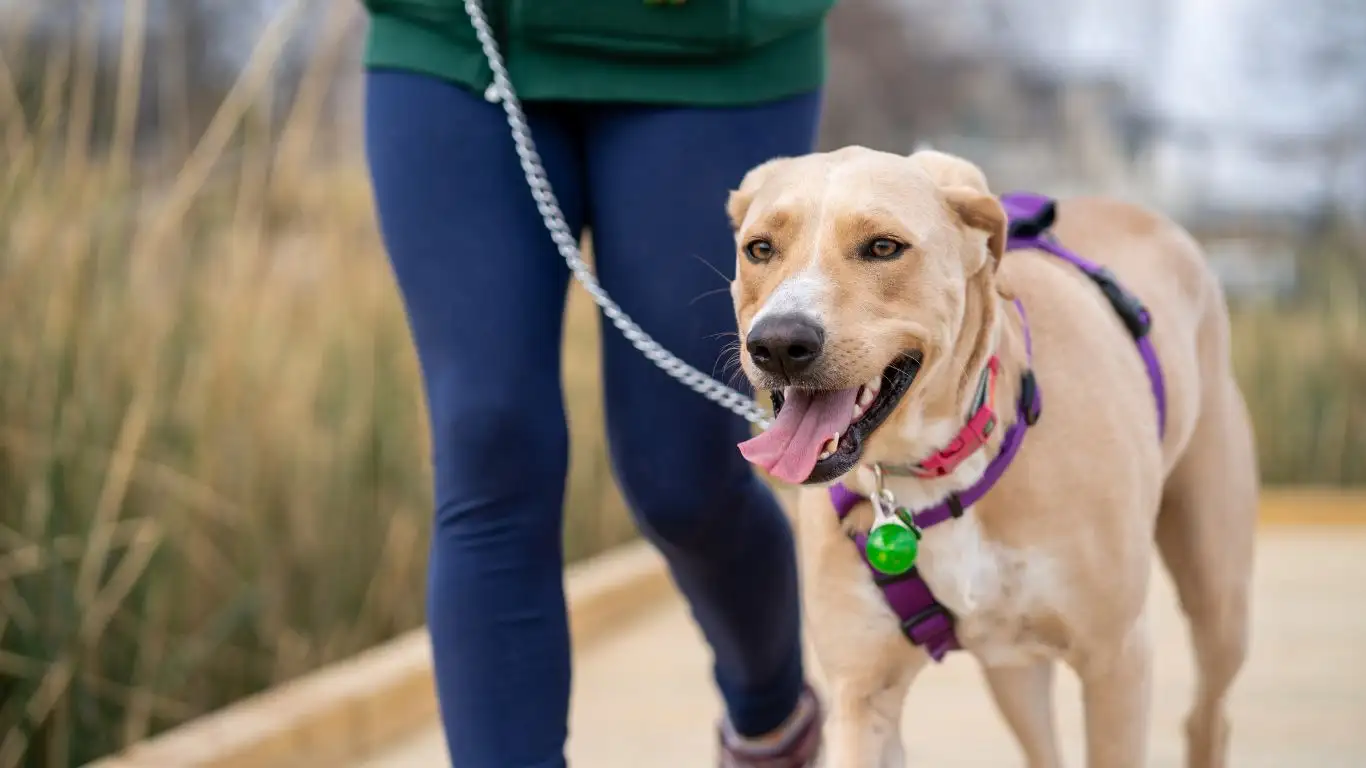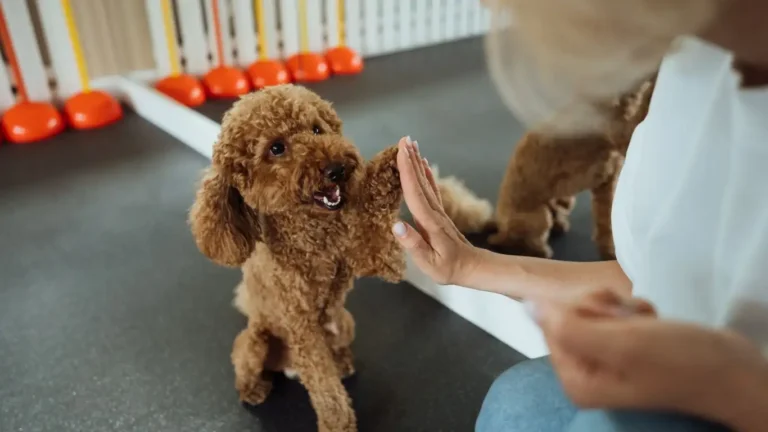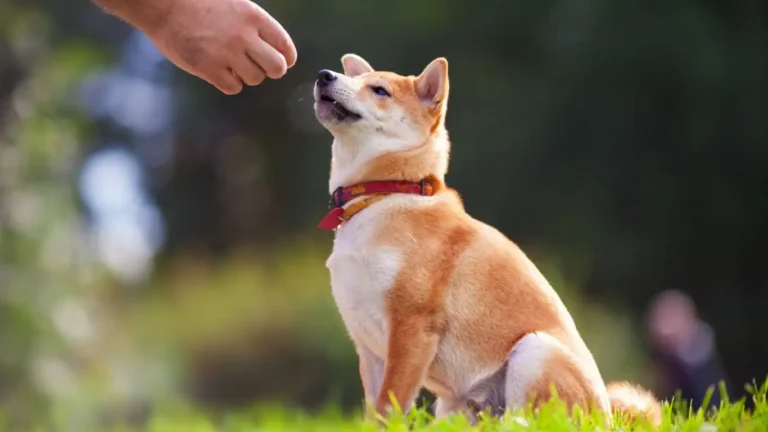Struggling with Indoor Boundaries? How to Train Your Dog Effectively
When it comes to teaching dogs how to coexist peacefully inside our homes, one of the most common challenges I hear from new dog owners is how to train a dog to follow indoor boundaries. As a Canine-Assisted Therapy Trainer, I’ve worked with all kinds of pups—from overexcited Labradoodles who barrel through baby gates to mellow Golden Retrievers who just need a little guidance. Indoor boundaries are more than just rules—they create safety, structure, and a sense of calm, especially in homes with children or seniors. In this post, I’ll walk you through the real-world steps I’ve used in my sessions to help dogs understand and respect indoor limits.
Why Boundaries Are Essential for a Harmonious Home
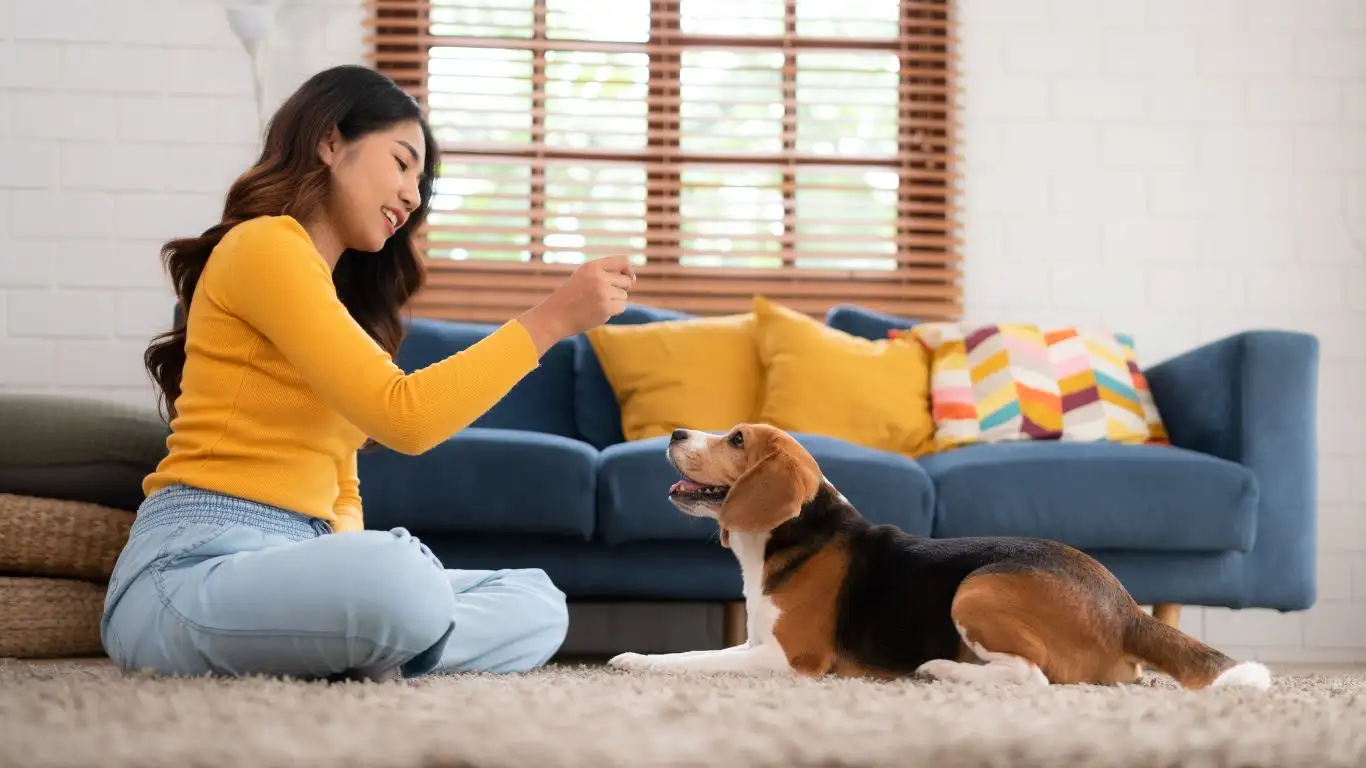
Dogs don’t instinctively know that your living room isn’t a racetrack or that the nursery is off-limits. They explore the world with their noses and paws, so without guidance, they’ll just go wherever their curiosity leads them. I’ve seen this first-hand—one of my clients had a clever little Beagle who treated the dining room as his own personal playground until we introduced proper boundaries.
Teaching your dog where they can and can’t go inside the house helps prevent accidents, reduces stress (for you and your pup), and makes hosting guests so much easier. It also encourages your dog to develop impulse control, which is a huge plus for their overall behavior.
Setting Up the Right Environment
Before you even start training, you’ve got to prep the space. Think of it like baby-proofing, but for a four-legged toddler who’s faster than they look.
- Use physical barriers: Baby gates, playpens, or closed doors work wonders. I recommend starting with visual cues before gradually transitioning to verbal boundaries.
- Remove temptations: If you don’t want your dog sneaking into the trash can or chewing on shoes, keep those items out of reach.
- Define zones clearly: Rugs, mats, or furniture placement can help your dog visually understand where one space ends and another begins.
I once trained a therapy dog named Sasha—a gentle Bernedoodle—to stay out of the kitchen using a thin line of masking tape across the entrance. It sounds silly, but combined with training, it helped reinforce the concept!
How to Train a Dog to Follow Indoor Boundaries

Alright, let’s get into the nitty-gritty. Whether you’re raising a rambunctious puppy or working with a newly adopted adult dog, these steps can help you establish firm, fair indoor rules.
1. Teach the “Place” Command
One of my go-to tools for boundary training is the “place” command. It teaches your dog to stay in a specific spot, like a mat or bed, until you release them.
- Choose a comfy, designated spot in a low-distraction area.
- Lure your dog to the spot using a treat. As soon as they step onto it, say “place” and reward.
- Practice having them stay there while you move around the room. Keep sessions short and positive.
I used this with a high-energy Husky named Moose. He used to dart into the hallway every time the door opened. After a week of consistent practice, he would wait calmly on his mat, even with guests coming in.
2. Use Leash Guidance Indoors
Don’t underestimate the value of a leash indoors. A lightweight leash or even a drag line can give you more control during early training phases.
- Gently guide your dog away from off-limits areas.
- Pair redirection with a firm “uh-uh” or “leave it,” and praise when they return to the allowed space.
- Be calm and consistent—yanking or yelling only creates stress and confusion.
During one session with a nervous rescue named Lola, we used the leash method to teach her to stay out of her human’s home office. After two weeks, Lola would peek in but never cross the doorway. That’s progress.
3. Reinforce the “Stay” Command Near Boundaries
Here’s where the magic happens. Combine the “stay” command with proximity to off-limits zones to solidify your dog’s understanding.
- Lead your dog near a boundary (like a hallway or doorway).
- Ask for a sit or down, then give the “stay” command as you step into the restricted area.
- Return to your dog and reward them for staying in place.
Don’t worry if they break position at first—that’s totally normal. Just reset and try again. Short, consistent sessions are better than long ones that end in frustration (for both of you!).
Consistency Is Key (Seriously, Don’t Skip This Step)
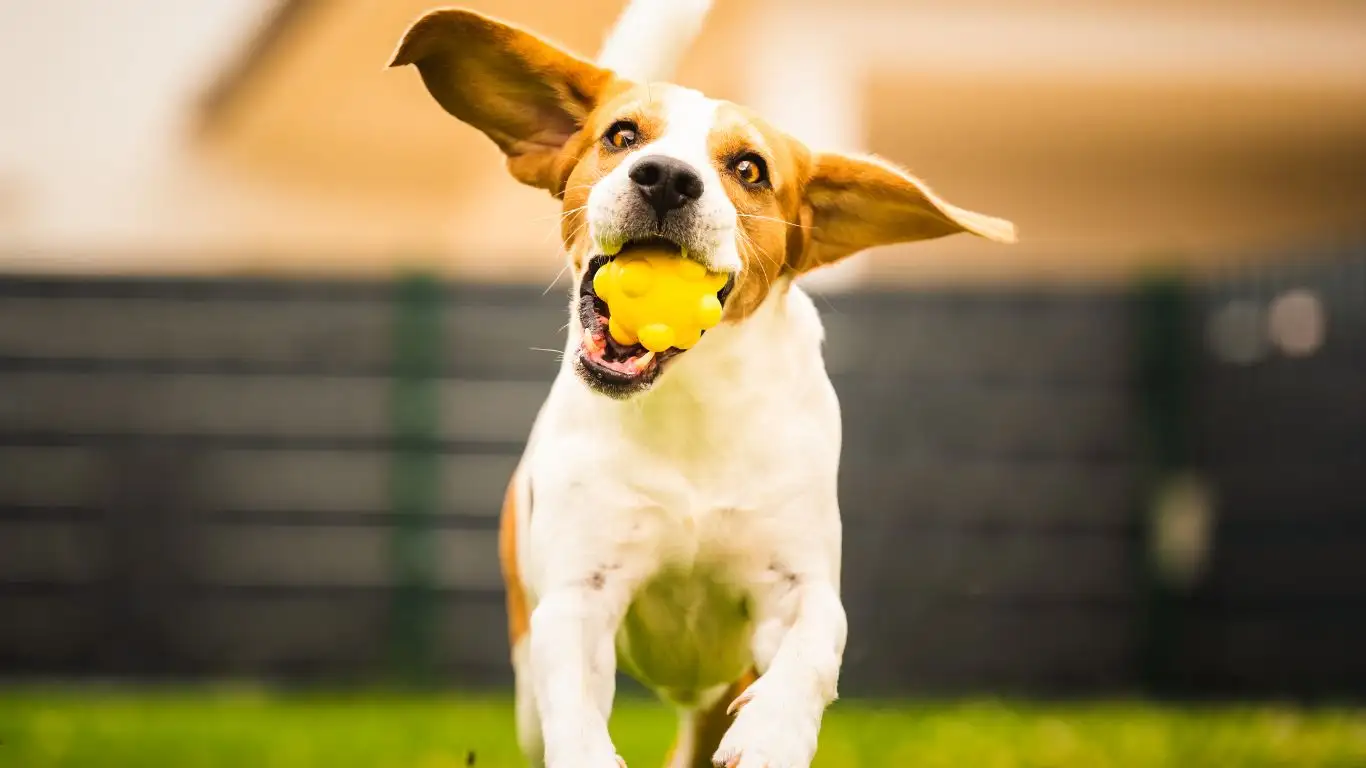
Here’s the truth bomb I always give clients: Dogs thrive on consistency. You can’t expect your pup to magically understand indoor boundaries if the rules keep changing. If one day they’re allowed in the guest room and the next day they’re scolded for it—yeah, that’s confusing as heck for them. It’s like trying to play a board game where the rules change mid-turn.
Stick to the same verbal cues, reward the same behaviors, and have everyone in your household on the same page. I once worked with a family of four, and each person had a different cue for “stay out.” Once we unified their commands and reactions, their Boxer, Rocky, totally got it. It took less than a week for a complete behavioral turnaround.
Use Natural Boundaries to Reinforce Training
Not all boundaries have to be man-made. Sometimes the layout of your home can actually help guide your dog. For example, a hallway that leads to the bedroom can act as a natural funnel. You can reinforce stopping at the beginning of the hallway with training and a simple rug or visual marker.
- Step thresholds: Dogs often respond well to subtle changes in elevation, like a step down into a sunken living room or a slight change in flooring.
- Furniture placement: Use large pieces like couches or bookshelves to subtly block off-limit areas, especially if your dog tends to sneak around barriers.
- Lighting cues: Sounds odd, but some dogs pick up on environmental patterns like whether a room’s light is on or off as part of their boundary memory.
When I was training a senior Pomeranian named Teddy, we used a plush rug and a tall plant to mark off his boundary line. It wasn’t fancy, but it worked beautifully.
What to Do When Boundaries Get Challenged
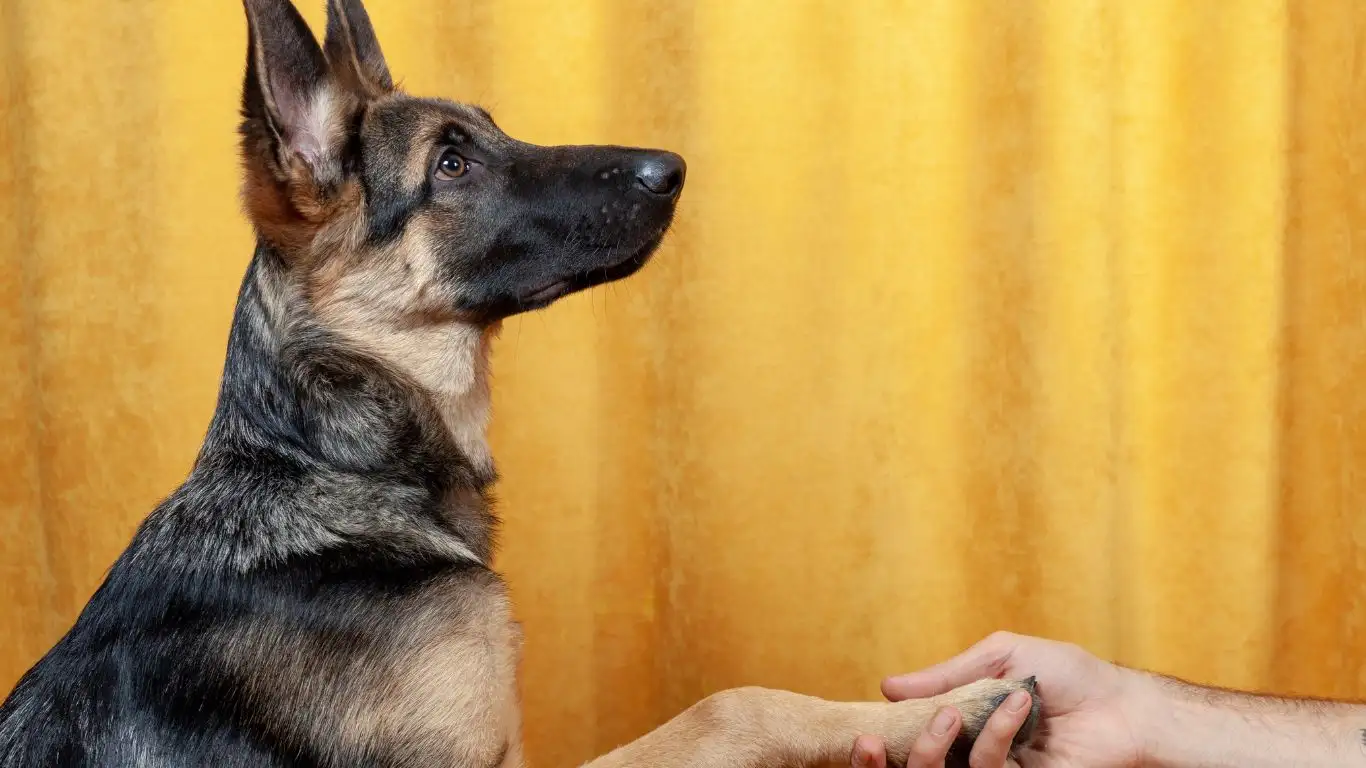
Let’s be real: even the best-trained dogs will test limits from time to time—especially if you’re not watching or if something juicy (like pizza) is in the off-limits zone. Don’t panic. What matters is how you respond in that moment.
Catch It Early, But Calmly
If you spot your dog creeping past the boundary, interrupt, don’t explode. A calm but firm “uh-uh” or “back” paired with a redirect back to their safe zone works much better than scolding.
- Use body language: Step toward them with relaxed but assertive posture to block and guide them out.
- Reward retreat: When they voluntarily move back, reward with praise or a treat. That teaches them that making the right choice gets them something good.
- Keep it low-drama: The less dramatic your reaction, the easier it is for them to process what just happened and learn from it.
I remember one cheeky Border Collie who would pretend to stretch his way into the forbidden kitchen zone. It was hilarious, but we kept responses chill and consistent. Within days, he stopped testing the line entirely.
Review Boundaries After Changes
Anytime your routine changes—new furniture, guests staying over, moving to a new home—you’ll want to do a quick refresher on the boundaries. Dogs don’t always generalize rules to new contexts.
- Walk your dog through the home and reintroduce off-limit areas.
- Reinforce with treats, cues, and clear signals (like the tape trick I mentioned earlier).
- Make it fun! Keep your tone upbeat and your expectations reasonable.
One client moved from a small apartment to a big house and assumed her dog would still respect the old boundaries. Nope. We had to retrain room by room—but the good news is, since the dog already had the foundation, it went a lot faster.
Integrating Boundaries into Daily Life

Eventually, indoor boundary training becomes second nature—for both of you. The goal is to make it part of your dog’s normal daily routine so it doesn’t feel like “training” anymore. Dogs love knowing what’s expected of them—it gives them confidence and makes life less stressful.
Here are some ways to reinforce indoor boundaries throughout the day:
- Before meals: Ask your dog to “place” or stay out of the dining area while you eat.
- During cleaning: Keep them in a designated space while vacuuming or mopping—great for desensitization too.
- With guests: Let visitors know the rules and ask them not to call the dog into restricted spaces.
One of my proudest training stories was a German Shepherd named Scout who used to follow his human everywhere—even into the bathroom! With patience, we taught him to respect thresholds, and now he calmly waits in the hallway, tail wagging, until invited.
It’s those little wins that make a huge difference. When your dog knows their place—literally and figuratively—it builds trust, respect, and a stronger bond between you. And trust me, that bond is everything.
Building Long-Term Respect for Indoor Boundaries

By the time you’ve laid a solid foundation with consistent training and clear communication, your dog should start to grasp the concept of boundaries pretty naturally. But here’s the real talk: dogs are living, breathing beings—not robots. They’ll still have days when curiosity gets the best of them. That’s okay. What matters is that they now understand what’s expected and are capable of making the right decision more often than not.
For many of the therapy dogs I’ve worked with, this kind of boundary training isn’t just a nice-to-have—it’s essential. Imagine bringing a dog into a hospital or school setting where certain rooms are totally off-limits. They need to know how to pause, wait, and look to their handler for guidance. And the cool thing is, your own dog can absolutely learn that same level of awareness at home.
Creating Mental Boundaries Through Routine
Dogs are masters of routine. If they know that at 7 AM it’s walk time, or that after dinner they settle in their bed, that rhythm creates calm and predictability. The same principle applies when reinforcing indoor boundaries.
- Set up daily cues: For example, closing the office door signals, “This space is off-limits now.”
- Use pre-boundary activities: Before you head into a room they can’t enter, ask them to “stay” or redirect them to their place. It becomes a ritual.
- Let the environment speak: Over time, the dog will learn to associate physical changes—like a baby gate or a mat—with boundary lines, even without verbal cues.
I had a Golden Retriever client, Max, who’d get the zoomies every evening. We made a “wind down” routine before bedtime, including a boundary check (he had a habit of charging into the laundry room to steal socks). After a few weeks, he’d automatically avoid that room when bedtime neared. No more missing socks.
Troubleshooting: What If It’s Just Not Sticking?
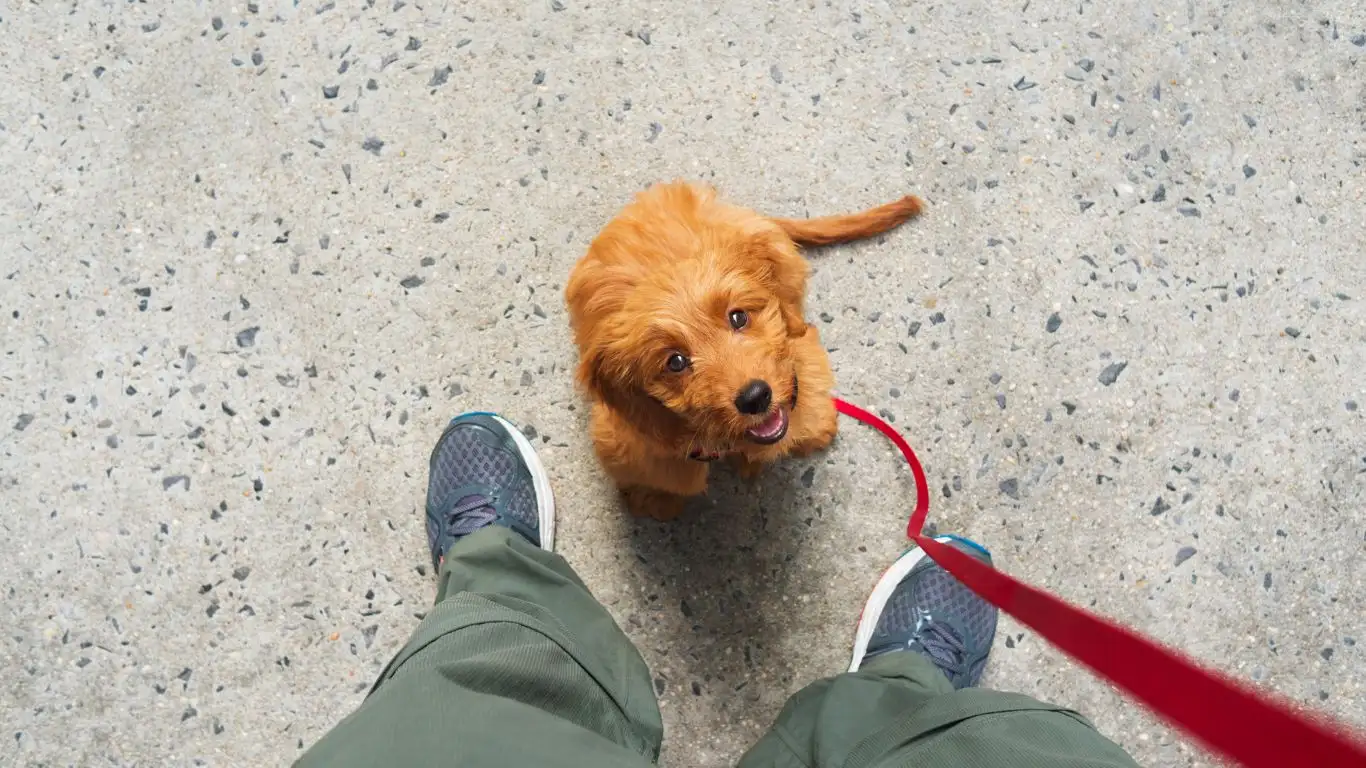
So what happens if you feel like you’ve tried everything and your dog still doesn’t respect indoor boundaries? You’re not alone. It happens. And honestly, it doesn’t mean you’ve failed—it just means your dog may need a different approach or more time.
Common Roadblocks and Fixes
- Too much freedom too soon: Gradually increase the space your dog is allowed in. Don’t go from crate training to full-house access in one leap.
- Inconsistent signals from humans: If one person lets the dog on the couch and another doesn’t, your dog will always default to the path of least resistance (aka, the soft cushions).
- Lack of motivation: Not all dogs are food-driven. Try toys, praise, or short play sessions as rewards instead of treats.
If you’re still stuck, that’s a great time to call in a certified trainer. Sometimes a fresh set of eyes makes all the difference. When I visit a new client, I look at the dog, the home layout, the people—everything. Often the solution is simpler than it seems from the inside.
Why Indoor Boundaries Matter Beyond Training
Let’s zoom out for a second. Teaching your dog to follow indoor boundaries isn’t just about obedience—it’s about trust, safety, and mutual respect.
Think about it: when your dog knows where they belong and what’s expected of them, they’re more relaxed, you’re less stressed, and your home feels peaceful. It also makes your life easier when guests visit, or if your dog ever stays with a sitter or goes to a new environment. Boundaries create confidence.
As someone who’s worked in therapy dog environments, I’ve seen firsthand how boundary training can literally open doors—like allowing dogs to participate in hospitals, clinics, and assisted living centers. But even at home, those same skills make your dog easier to live with and deepen your bond like crazy.
References
Disclaimer
This article is based on my professional experience as a Canine-Assisted Therapy Trainer and is intended for educational purposes only. Every dog is different, and what works for one may not work for another. If you’re struggling with training or notice behavioral issues that go beyond boundary challenges, consult with a certified dog behaviorist or trainer. Always use positive, humane methods and avoid any training techniques that cause fear or harm.
